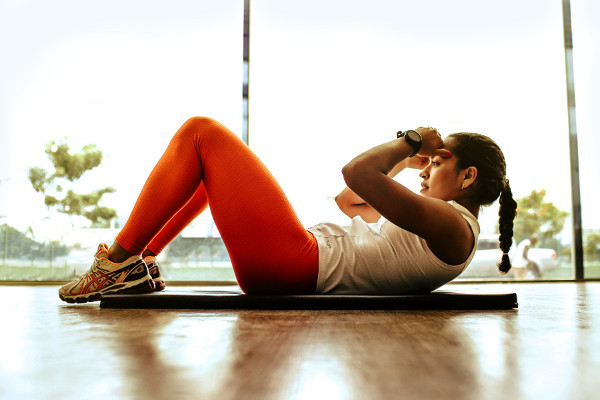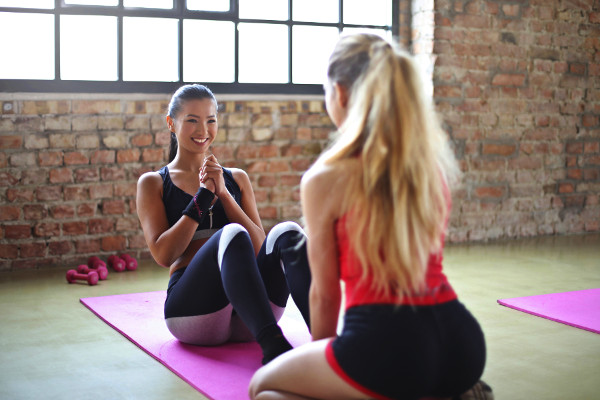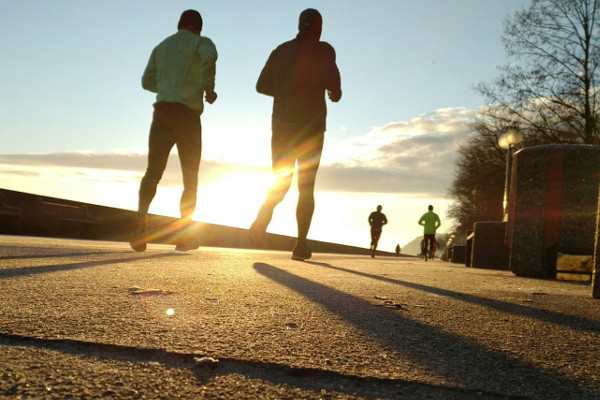How to Find a Free Way of Getting Fit by Using Outdoor Gyms, Workout Parks And Exercise Stations
Outdoor gyms offer a fresh, inviting space where anyone can improve their fitness using simple, weatherproof equipment. Whether you’re new to working out or a seasoned athlete, these open-air stations invite you to move naturally and build strength at your own pace. With no membership fees and easy accessibility, they bring fitness into the heart of the community. This guide will walk you through what to expect, how to stay safe, and how to prepare for a rewarding workout outdoors.
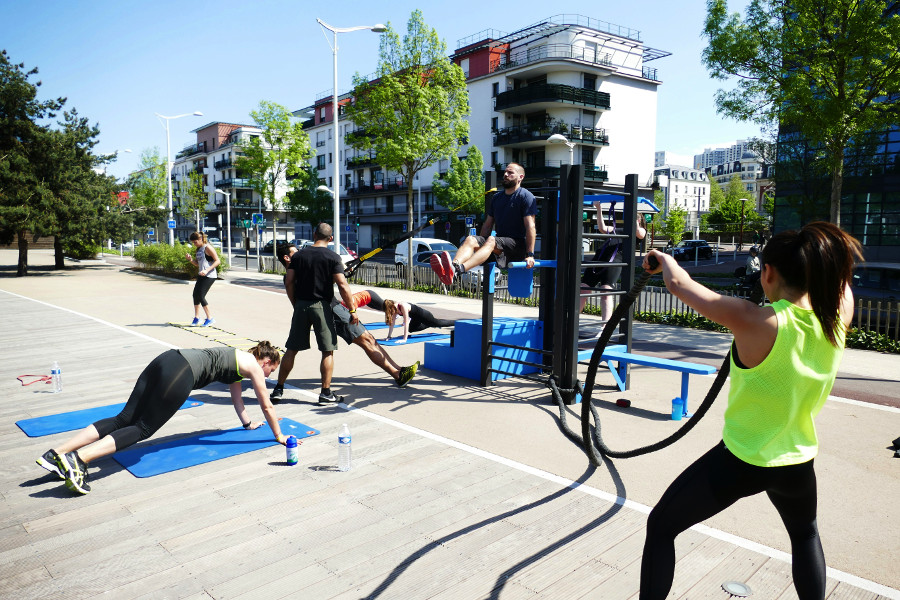
1. What kind of equipment is typically available at an outdoor gym?
Outdoor gyms usually come equipped with simple, sturdy gear designed to help people move naturally and build strength. Think pull-up bars, dip stations, monkey bars, benches for sit-ups, and sometimes even leg presses or rowing machines. The equipment is tough and weatherproof, meant to stand up to rain and sun without fuss. Most of these tools use your own bodyweight, encouraging you to move freely and work different muscle groups. You’ll often find signs nearby explaining how to use each station, making it easier to get started. Depending on where you go, the setup might change a bit, but the goal is always the same: help everyone get fitter in a fresh, open-air space.
2. Are outdoor gyms free to use?
One of the best things about outdoor gyms is that they’re usually free to use. They’re placed in public parks or community spaces so anyone can get fit without worrying about memberships or fees. Local governments or nonprofits often set them up as a way to encourage people to stay healthy and active. Because they’re outside and open to all, they break down barriers that might keep someone from joining a traditional gym. Of course, some special or private outdoor setups might charge a fee, but by and large, these spaces are open and welcoming, inviting everyone to drop by and move their bodies whenever they want.
3. Are outdoor gyms suitable for all fitness levels?
Outdoor gyms really are for everyone, no matter your fitness level. Whether you’re just starting out or you’ve been training for years, there’s usually something that fits your pace. The equipment mostly uses your own bodyweight, so you can adjust how hard you work simply by changing your reps or technique. Many stations have different heights or setups so beginners can take it easy while more experienced users can challenge themselves. Plus, some parks include workout suggestions that cater to various skill levels. It’s a space where you can build strength and stamina bit by bit, without pressure or judgment.
4. Is instruction or guidance provided at outdoor gyms?
While outdoor gyms usually don’t have coaches on hand, they often come with helpful instructions right on the equipment. You’ll find signs showing how to do the exercises safely and sometimes even QR codes linking to videos or workout guides. In some places, local groups or trainers might run occasional classes or group workouts, but most of the time you’re in charge of your own session. If you’re new to this kind of workout, it’s a good idea to watch some tutorials online or ask a trainer for tips. With a little research and attention, you can get comfortable and confident pretty quickly.
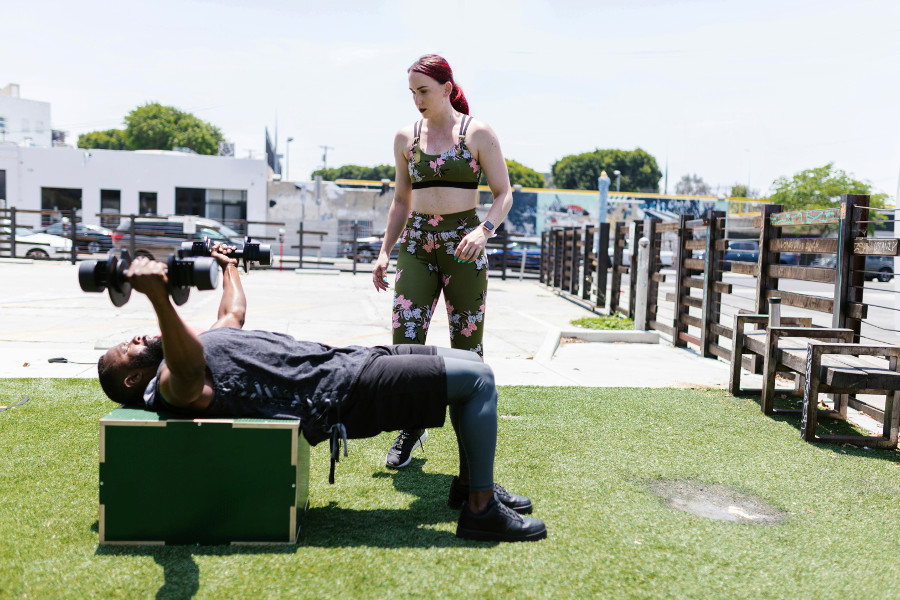
5. Are outdoor gyms wheelchair accessible or accessible for disabled users?
Accessibility is becoming more important, and many newer outdoor gyms are designed to welcome everyone – including those using wheelchairs or with mobility challenges. You might see hand cycles or machines that can be used from a seated position, along with smooth paths and ramps to make moving around easier. That said, not all parks have these features yet, especially older ones. As more communities prioritize inclusivity, outdoor gyms are starting to reflect that in their design. If you need accessible options, it’s worth checking with your local parks department or looking for accessibility information online before heading out.
6. What are the hours of operation for outdoor gyms?
Outdoor gyms follow the opening hours of the parks where they’re located, which usually means they’re open from sunrise to sunset. Some city parks stay open longer, allowing early birds or night owls to work out when it’s quieter. But because most don’t have lighting or staff at night, it’s safer to visit during daylight hours. Weather and maintenance can also affect when the equipment is available. If you’re unsure, it’s a good idea to check local park websites or signage for official hours and any special rules, so you can plan your visit without surprises.
7. What safety guidelines should I follow when using outdoor gym equipment?
Using outdoor gym equipment safely is all about common sense and listening to your body. Start by warming up gently – maybe a quick walk or some stretches. Take time to read the instructions at each station so you know what to do. Wear comfortable clothes and shoes that grip well, and don’t push yourself too hard at first. Keep an eye on the surface around you and watch out for others. If something looks broken or unstable, skip it and let the park managers know. Staying hydrated and cleaning your hands before and after using the equipment helps keep things healthy, too.
8. Can I get a full workout using park exercise stations?
Absolutely – you can get a full workout using park exercise stations. Most outdoor gyms have equipment targeting different parts of the body, from arms and chest to legs and core. Many exercises use your own weight, like pull-ups, dips, push-ups, and squats, which build strength effectively. You might also find cardio stations like bikes or steppers to get your heart pumping. By combining these elements and moving through multiple stations, you can create a balanced routine that works your muscles, boosts endurance, and improves flexibility. With a bit of planning, outdoor gyms offer everything you need for a complete fitness session.
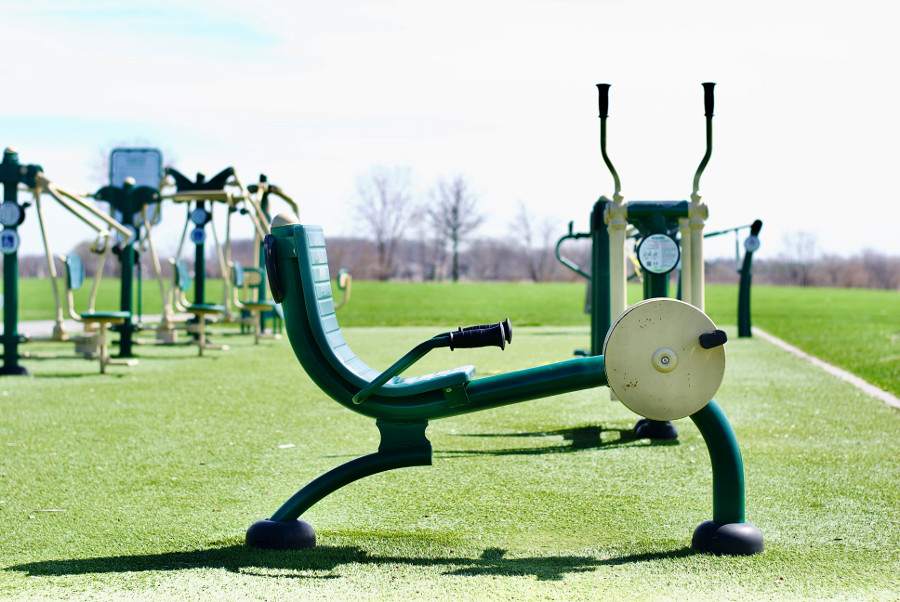
9. How can I learn proper form for outdoor gym exercises?
Learning the right form for outdoor gym exercises makes a big difference in how well you work out and helps avoid injury. Start by paying close attention to any instructions on the equipment – you’ll often find helpful diagrams or tips. Many parks also offer QR codes that link to videos showing the moves in action. Online tutorials, fitness apps, and YouTube channels are great places to study proper technique. If you want extra confidence, a few sessions with a personal trainer can teach you the basics. Practicing slow, controlled movements and focusing on posture will keep your workouts safe and effective.
10. What are the benefits of exercising in an outdoor gym versus indoor?
Working out outdoors offers something special that indoor gyms can’t match. Being surrounded by fresh air and natural light lifts your mood and eases stress. Nature has a way of calming the mind, which makes exercise feel less like a chore and more like a refreshing escape. Outdoor gyms are also free and open, removing barriers to fitness. The variety of natural terrain and open space encourages functional movement and creativity in your workouts. While indoor gyms give you more equipment options and climate control, outdoor exercise connects you with the environment and the community, making fitness feel more alive and accessible.
11. How should I prepare, dress, and what should I bring to an outdoor gym?
Getting ready for an outdoor gym session means dressing for the weather and your workout. Wear comfortable clothes that breathe and allow you to move easily. Pick shoes with good grip, especially if you’ll be on bars or uneven surfaces. Bring water to stay hydrated, and a small towel for sweat or to wipe equipment. On sunny days, don’t forget sunscreen, a hat, or sunglasses. When it’s chilly, layering up and maybe wearing gloves can keep you comfortable. If you want extra variety, pack a resistance band or jump rope. Having a plan or a fitness app ready can help you stay focused and motivated.
12. How can I locate the nearest outdoor gym or fitness station?
Finding the nearest outdoor gym is easier than you might think. Start by visiting your city or parks department website – they often have maps or lists of local fitness spots. Google Maps is great too; just search for “outdoor gym” or “fitness park” near you. Fitness apps, social media groups, or community forums can also point you in the right direction with tips and photos. When you’re out exploring local parks, look for signs that highlight workout areas. If you want to be sure about accessibility or equipment, it’s worth calling the local park office or checking online reviews before heading out.
Here are a few useful resources for further reading:
- Outdoor Gym – Wikipedia
- FindParkGyms.uk – Park Gyms Directory
- Healthline – Exercise & Fitness
- Reddit – r/Fitness
- ACE Fitness – Exercise Library
Enjoy your journey towards a healthier life.

